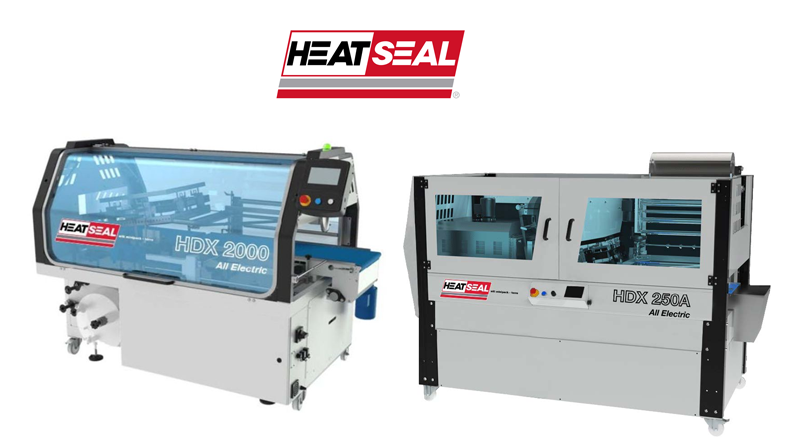Shrink Wrapping
Shrink wrapping is very exciting! This is the moment when a production good becomes a final good for sale. Watching finished products come out of a heated tunnel with a perfectly sealed shrink wrapping is glorious. The process can be a headache without the correct equipment.
Shrink wrapping usually a two-step process. The first step is to seal the film around the product. Shrink film comes folded in half like a taco and L-bar sealing machines seal an L shaped pattern around the product. Together we get a nice envelope around the product. Ideally the seam of the film should be halfway up the height of the product.
Next is the shrinking process. This is done with high heat. Shrink film is appropriately named because the heat makes the film shrink and pull tight onto the product. The most effective way of doing this is to pass the sealed products through a heated tunnel. The speed of the conveyor and the temperature in the tunnel can adjust for an absolutely perfect final product.
Combination machines include these two processes together. They are essentially an L bar sealer and a heated tunnel combined into one machine. Often times this includes a powered takeaway so after sealing the product automatically moves out to the tunnel section. These automations greatly speed up the rate at which packages can be wrapped in shrink film.
Next we have fully automated machines. These are the absolute best. They are the fastest and most efficient. Automated shrink wrappers are typically used with a conveyor infeed and a conveyor outfeed. This makes them extremely productive. Operators will still need to do some job setup to dial in the settings but after that it is just a matter of feeding products into the machine.
Things to consider when buying a shrink wrapper
- Do you need sealer, tunnel, or both? To finish a shrink wrapping project you must have a sealer and a tunnel. Many shrink wrapping machines have both combined into one machine frame.
- What is the largest package you need to wrap? The sealing area and tunnel opening may limit how large of a package can pass through.
- What is the smallest package you need to wrap? Minimum sizes are a limitation that might catch an unsuspecting buyer. Check your minimum sizes too.
- Are you wrapping food-grade product? Food grade packaging must be done on a stainless-steel machine. Almost every shrink wrapper is available made in stainless steel. This makes cleaning up a lot easier.
- What kind of volume will you be running? Bigger and more expensive shrink wrappers run faster. If you don’t need the speed then less automated machines can cost much less.
- Do you have 220v or standard 110v? Shrink wrappers can take a lot of power, especially during the warm-up phase in the heated tunnel.
- What is your budget? Shrink wrappers are not exactly a fun thing to spend money on but they’re an important part of a complete production process. The final packaging has a huge impact on perceived product quality.

